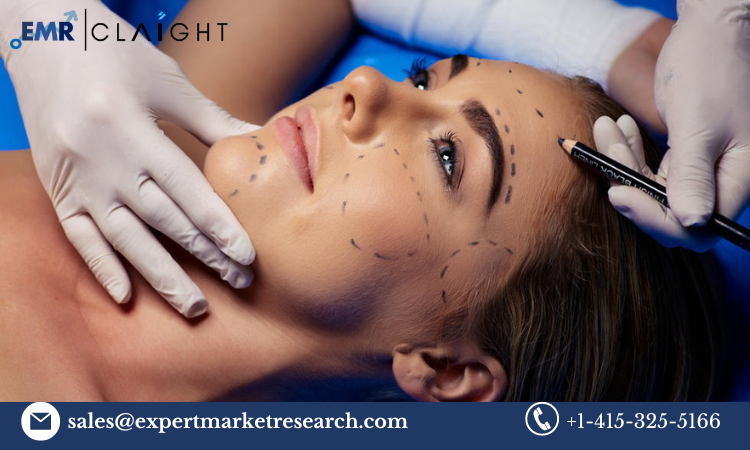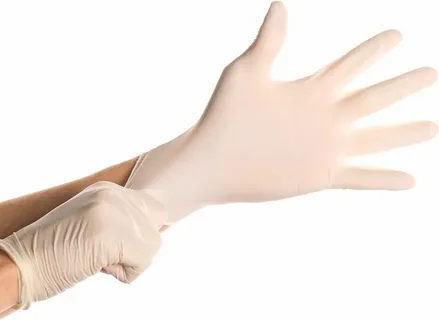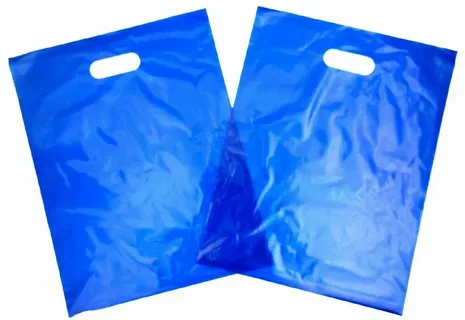The United States Cosmetic Procedure Market has experienced a significant transformation over the years, driven by advancements in technology, changing consumer preferences, and increasing societal acceptance of aesthetic enhancements. With a market size of USD 23.88 billion in 2023, the industry is projected to grow at an impressive CAGR of 7.4% during the forecast period of 2024–2032, reaching approximately USD 45.78 billion by 2032. This article delves into the market’s key dynamics, trends, segmentation, and competitive landscape.
Understanding the Market Dynamics
The rapid growth of the U.S. cosmetic procedure market is underpinned by several factors, including increased awareness, technological innovation, and shifting societal attitudes. However, the industry also faces challenges that could influence its trajectory.
Drivers of Growth
- Demand for Minimally Invasive Procedures
Consumers are increasingly opting for procedures that deliver effective results with minimal downtime, such as Botox, dermal fillers, and laser skin treatments. These non-invasive procedures are often preferred for their safety, affordability, and convenience. - Technological Advancements
Innovations in aesthetic technologies, such as radiofrequency (RF) devices, laser systems, and combination treatments, are enhancing the effectiveness and variety of cosmetic solutions. These advancements are also making procedures more accessible. - Cultural Acceptance and Social Media Influence
Cosmetic procedures have gained significant acceptance across various demographics, largely influenced by social media platforms and celebrities openly endorsing treatments.
Challenges in the Market
- High Costs of Treatments: Advanced procedures and technologies often come with a steep price tag, limiting accessibility for some consumers.
- Regulatory Hurdles: Ensuring the safety and efficacy of new products and procedures remains a challenge, with stringent regulatory requirements slowing down market entry for innovations.
Opportunities
- Expanding the customer base to include younger audiences interested in preventative aesthetics and male consumers seeking treatments tailored to their needs.
- Growth of medical tourism, with international clients seeking high-quality cosmetic procedures in the U.S.
Market Segmentation: Exploring the Industry’s Diversity
The U.S. cosmetic procedure market is diverse, encompassing a wide range of procedures, technologies, and demographic targets. Below are the key segments:
By Procedure Type
- Non-Invasive Treatments: These include Botox, dermal fillers, chemical peels, and laser treatments, which dominate the market due to their safety profile and quick recovery times.
- Minimally Invasive Treatments: Liposuction, body contouring, and hair restoration procedures offer enhanced results with limited invasiveness.
By End User
- Dermatology Clinics: Specialized in skin treatments and aesthetic procedures.
- Aesthetic Centers and Medical Spas: Cater to a broad range of clients seeking non-surgical options.
- Hospitals and Surgical Facilities: Focus on surgical solutions for complex procedures.
By Gender and Age
- Gender: While women remain the primary consumers, the market for male cosmetic procedures is rapidly growing, with men seeking treatments like hair restoration, body contouring, and wrinkle reduction.
- Age Groups: Younger consumers focus on preventative aesthetics, while older demographics opt for rejuvenation procedures.
Key Trends Shaping the Market
The cosmetic procedure market is evolving rapidly, driven by emerging trends that are reshaping consumer behavior and industry practices.
1. Rise in Body Contouring Treatments
Procedures like liposuction and non-invasive fat reduction (e.g., CoolSculpting) have surged in popularity due to their ability to deliver noticeable results without major surgery.
2. Growth of Combination Treatments
Clinics and practitioners are increasingly offering combination treatments, such as pairing laser therapies with injectable fillers, to enhance outcomes and efficiency.
3. Expansion of Male Cosmetic Procedures
Social acceptance and growing awareness are driving more men to seek treatments tailored to their needs, from wrinkle reduction to body sculpting.
4. Impact of Technology
Innovations in laser and RF technologies are enabling more effective and targeted treatments, reducing downtime and improving results. Artificial intelligence and robotics are also poised to revolutionize personalized aesthetics.
5. Eco-Friendly and Sustainable Practices
Consumers are demanding more sustainable solutions in cosmetics and aesthetics, pushing companies to adopt environmentally friendly practices and products.
The Competitive Landscape
The U.S. cosmetic procedure market is dominated by a mix of global giants and specialized players, all competing to meet growing demand through innovation, quality, and strategic marketing.
AbbVie Inc.
Founded in 2013 and headquartered in Illinois, AbbVie has made significant strides in the aesthetics sector. Its portfolio includes leading products like Botox and Juvederm, and the company’s focus on R&D ensures continuous innovation.
Cutera, Inc.
Based in California, Cutera specializes in aesthetic devices and treatments, including laser technology and skin revitalization. Its flagship products, such as Aviclear and Excel V, are widely recognized for their effectiveness.
Cynosure LLC
Founded in 1991 in Massachusetts, Cynosure is a leader in laser- and RF-based treatments for body contouring, hair removal, and skin rejuvenation. Its products are widely used by dermatologists and aesthetic practitioners.
Other Key Players
- Alma, Inc.: Known for innovative medical aesthetics devices.
- Sientra Inc.: Specializes in breast implants and reconstructive surgery.
- Evolus, Inc.: Focuses on innovative injectables.
- GALDERMA LABORATORIES, L.P.: Offers a range of skincare and cosmetic products.
Market Forecast and Future Outlook (2024–2032)
The U.S. cosmetic procedure market is poised for robust growth over the next decade. Key drivers include:
- Continued innovation in non-invasive and minimally invasive treatments.
- Rising demand for personalized aesthetics, fueled by AI and advanced data analytics.
- Expansion of affordable cosmetic solutions to cater to a broader demographic.
By 2032, the market is expected to reach a valuation of USD 45.78 billion, reflecting growing consumer interest and technological advancements.




